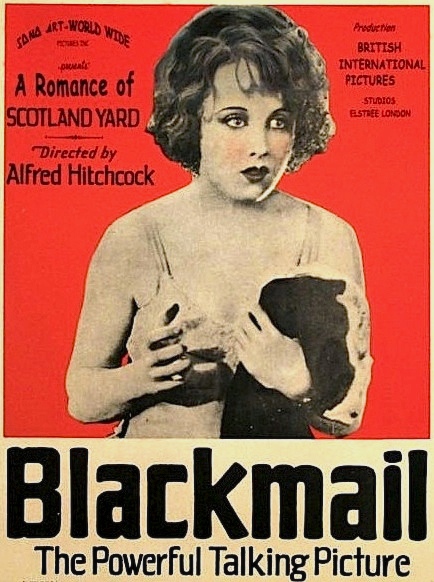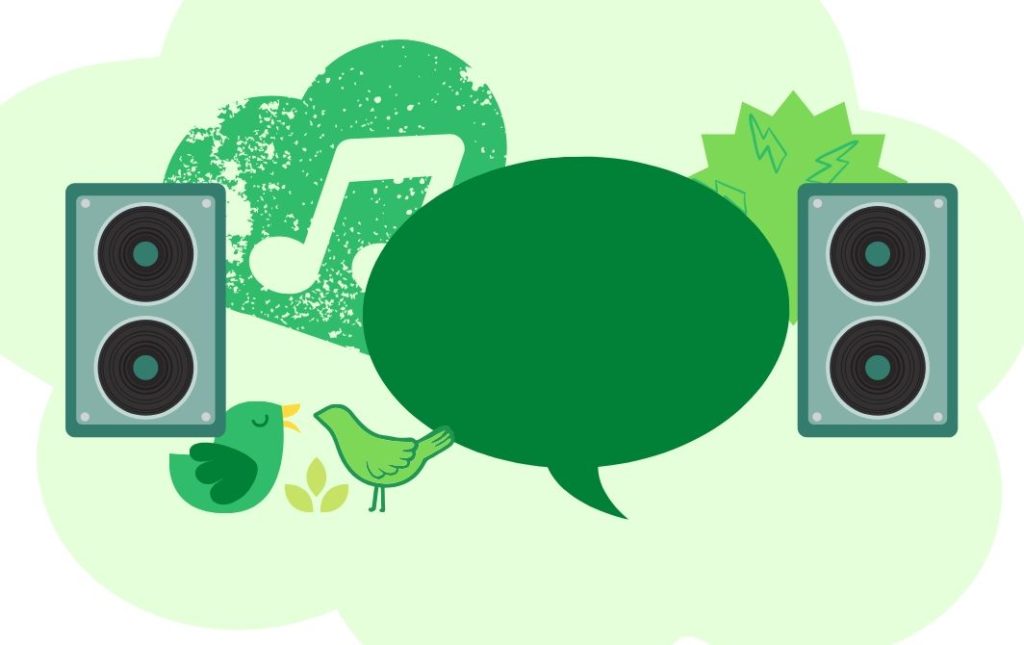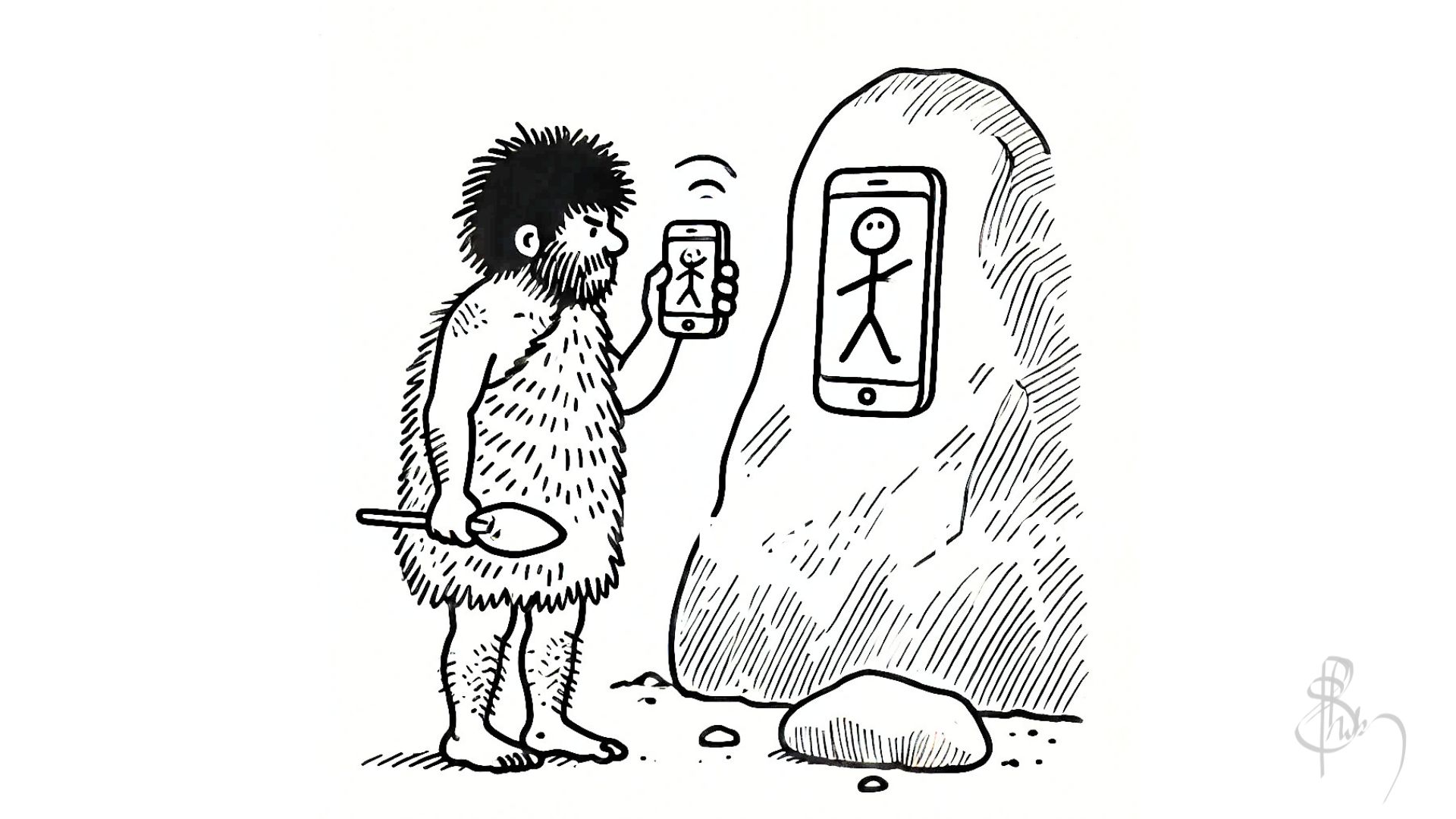Using sound design to tell stories is an integral element of filmmaking that I’m still only learning. To me personally the other elements of a film stand out more; like the story, characters, actors, cinematography, set design and so on. Probably because they are more in-your-face.
I could not find citation to claim that 90% of all information entering the brain is visual. But there seems to proof that more of our neurons are dedicated to vision than the other four senses combined. Whatever the case may be, vision seems to have a stronger hold on me than sound.
Why Sound Design Matters
Films have always had sound. Believe it or not, even the silent films had sound. They might not have had sounds as we define it, but they were always accompanied with a live orchestra. In fact, a lot of musicians lost their job when film reels started arriving with recorded music.
Can you think of watching a film without sound? Try it. I have. But I was dissecting the film and wanted to focus on the visuals. If it is a bad film you won’t understand anything. It would just be shots of people talking with the whole story told through dialogues. The reason why my ears get strained in theatres is because most of Malayalam commercial films are radio shows with pretty pictures.
“If it’s a good movie, the sound could go off and the audience would still have a perfectly clear idea of what was going on.” — Alfred Hitchcock
The Particular Case of Alfred Hitchcock
That quote might seem contradictory to our topic of discussion, but do not be fooled by Hitchcock. For all filmmakers looking into storytelling through sound, he is a director of particular interest.
Hitchcock is one of those few directors that started their career in the silent film era and lived an illustrious one through the sound era. Of all his great films, there is one that is pertinent to sound. It is one of his early films that came in the middle of the transition to sound, Blackmail (1929).

What is peculiar about Blackmail is that it is one of the most successful films to be made simultaneously as a silent film and as a talkie. A rarity now. If you can find copies of both versions, it is worth a study in comparison. It can help you understand some of the creative ways with which Hitchcock enhanced the same story using visuals and then by adding sounds to it.
How Hitchcock used Sound Design in Blackmail
The leading lady in the film accidentally stabs a man who was trying to rape her. She runs from the scene and is later near a dinning table. One of the characters siting at the table is holding a knife. Having a knife while having food is normal, but this knife reminds her of the knife she had used earlier to kill the man.
In the silent version, Hitchcock repeatedly cuts to a close shot of the knife, gleaming and turning menacingly under the light. It is intercut with her disturbed face. Whereas in the sound version, he beautifully uses the other character’s voice to add to the leading lady’s turmoil.
Though what that character says is irrelevant to the story, they have beautifully crafted those ramblings to have a lot of ‘knife’ in it. And the brilliance of Hitchcock’s sound design is that in the mix he made just those words of ‘knife’ stand out. On top of that he kept raising that character’s pitch whenever the word ‘knife’ was said. What starts out as a subtle ‘knife’, or a ‘knife!’, towards the end becomes an almost unbearable impressionistic shriek of ‘KNIFE!’ ‘KNIFE!’.
And this was Hitchcock’s first film with sound. His later films do not have silent versions and its sound design becomes such an integral part of it that is harder to dissect.
How Sound Design Works
It is difficult to explain in words how sounds can heavily influence storytelling. One of the best videos I have come across that shows the power of sound design is this analysis video of how sound designer Ben Burtt used sounds in Steven Spielberg’s film Munich.
As you realise now, sound works at a subconscious level. Whereas visuals stand out more as they are right in front of us. It is the sound that creates the not-so-tangible world of the film. Good sound design is what helps us immerse ourselves in the story.
What is Sound Design
Broadly speaking, sound design creates the auditory experience by using the following elements:
- Dialogue
- Music
- Foley
- Ambience
- Sound Mix
We already looked at how you can capture dialogue and at the various ways of having music without a composer for your low budget film. In the following articles we will look at Foley, Ambience and the Sound Mix.
Hey Aspiring Filmmaker,
I debuted my film career making a feature film for ₹5 lakhs ($7,000) on an iPhone. I’d like to help you do the same. So I wrote everything I learned into a book. It is now available on Amazon, called The Indian Indie Film (or Make Your Film for rest of the world). Enjoy!






